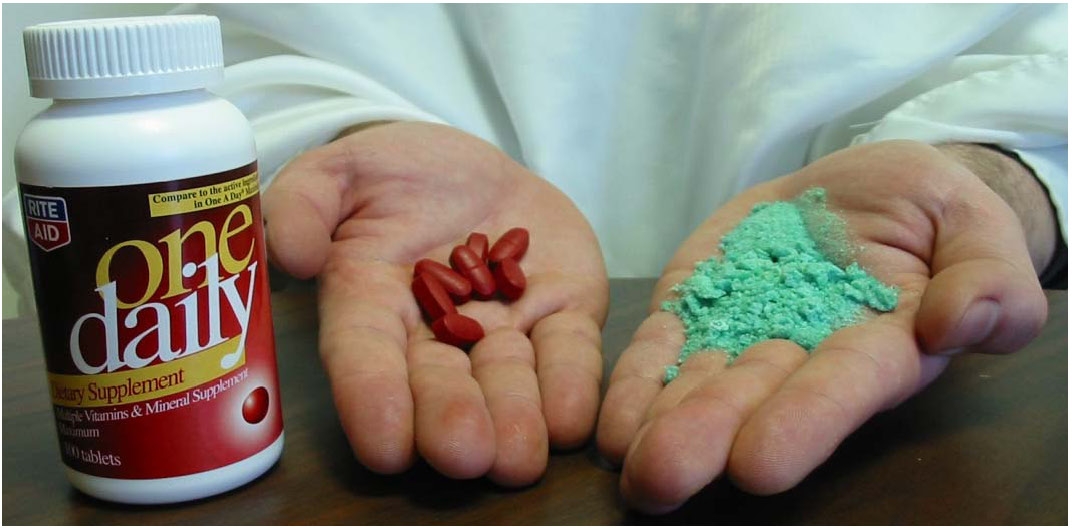Catalyst Reduction and Catalyst Removal
Introduction
The rapid development of Atom Transfer Radical Polymerization that has occurred over the past 15 years, summarized on this site, has not yet resulted in its wide spread industrial scale implementation for the preparation of large volume materials, although smaller volume higher value applications have been commercialized.(1) We believe that one or more economic, environmentally viable, approaches to reduce the concentration of the catalyst in the final material must be clearly defined on order to provide industrial viability, particularly for larger volume applications.
Two general approaches have been pursued to overcome this problem; one is increasing the activity of the catalyst complex, so that less catalyst is required for a homogeneous polymerization plus defined steps to remove the residual catalyst from the final product while the other is to support, recover and recycle the catalyst complex.
In the past four years significant progress has been made on both approaches including:
- improved processes for catalyst removal;
- catalyst reduction by preparation of catalyst complexes with increased activity and development of ARGET (Activators Regenerated by Electron Transfer) ATRP and ICAR (Initiators for Catalyst Activation and Regeneration) ATRP;
- immobilization methodology including understanding how ligand support structure affects catalyst polymerization performance, regeneration, and recyclability;
- development of bi-phasic systems for catalyst separation by commercially viable liquid/liquid separation or solid/liquid separation methods; and
- use of ligands with reactive substituents to aid in catalyst separation by physical or chemical methods.
These procedures are scalable, indeed using the procedures described on this site it is now possible to prepare polymers with low ppm levels of residual catalyst, levels so low the polymers are colorless. Actually, with the advent of ARGET / ICAR (Initiator for Continuous Activator Regeneration), we really don't know why anyone would really use these earlier initiation systems for the preparation of most copolymers/composite materials. If just ppm amounts of a catalyst complex that can be continuously regenerated are sufficient to control the reaction, why add high concentrations of catalyst? Nevertheless for historical record, and as a path that may offer further opportunities for improvement, the procedures the Matyjaszewski group examined during the development of scalable low catalyst ATRP are summarized on this page.
Although, it should be noted that even in the early highly colored examples of polymers, the concentration of the residual transition metals in the initially formed polymers is below the levels allowed in oral drug products.(2)

A weekly dose of multi-vitamin tablets. 4.4 g of unpurified polystyrene prepared by ATRP (DP target = 200)
Total Cu = 14 mg Total Cu = 14 mg
Nevertheless this image does show that while low levels of copper are not a health hazard there is a strong incentive to remove the catalyst complex from polymers, since many applications for polymers do not require a green color.
REFERENCES
(1) Matyjaszewski, K.; Spanswick, J. Materials Today 2005, 8, 26-33.
(2) Thayer, A. C&ENews Sept 5, 55-58. 2005.
